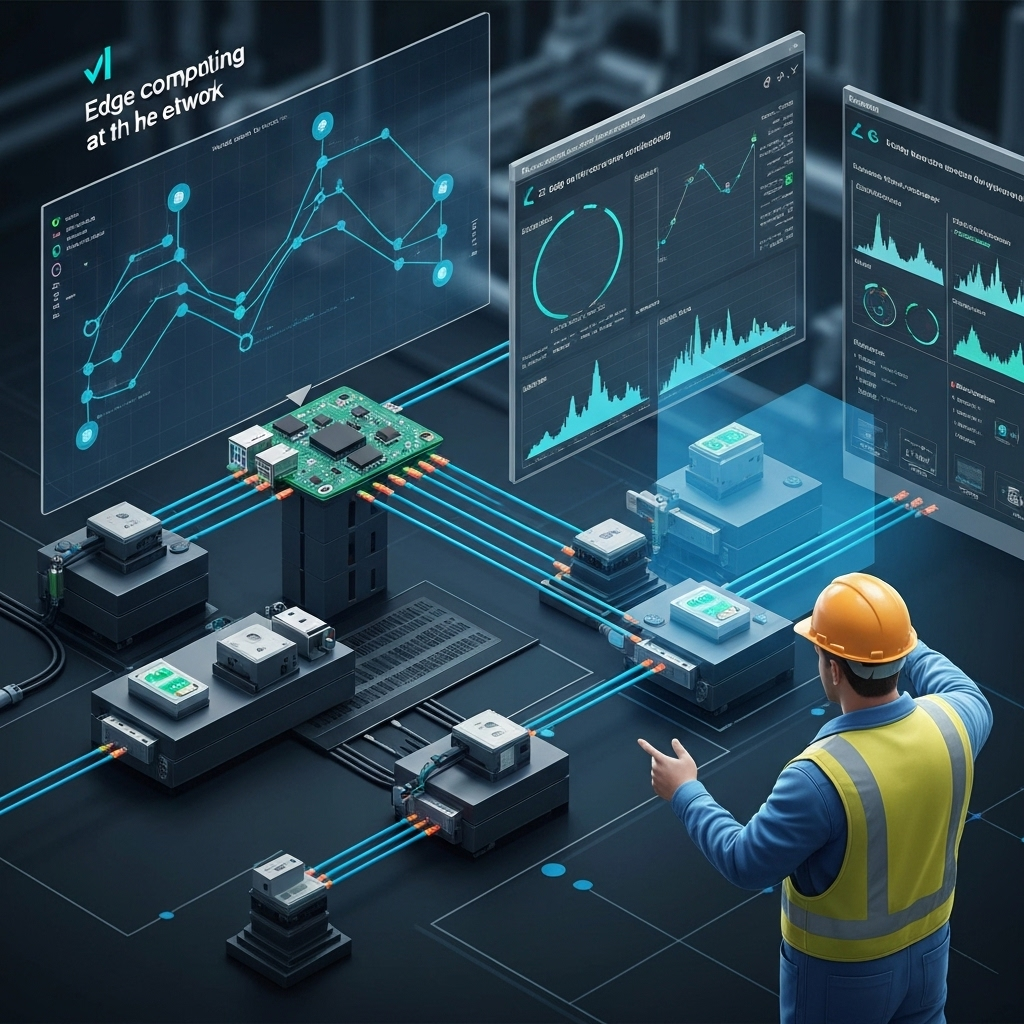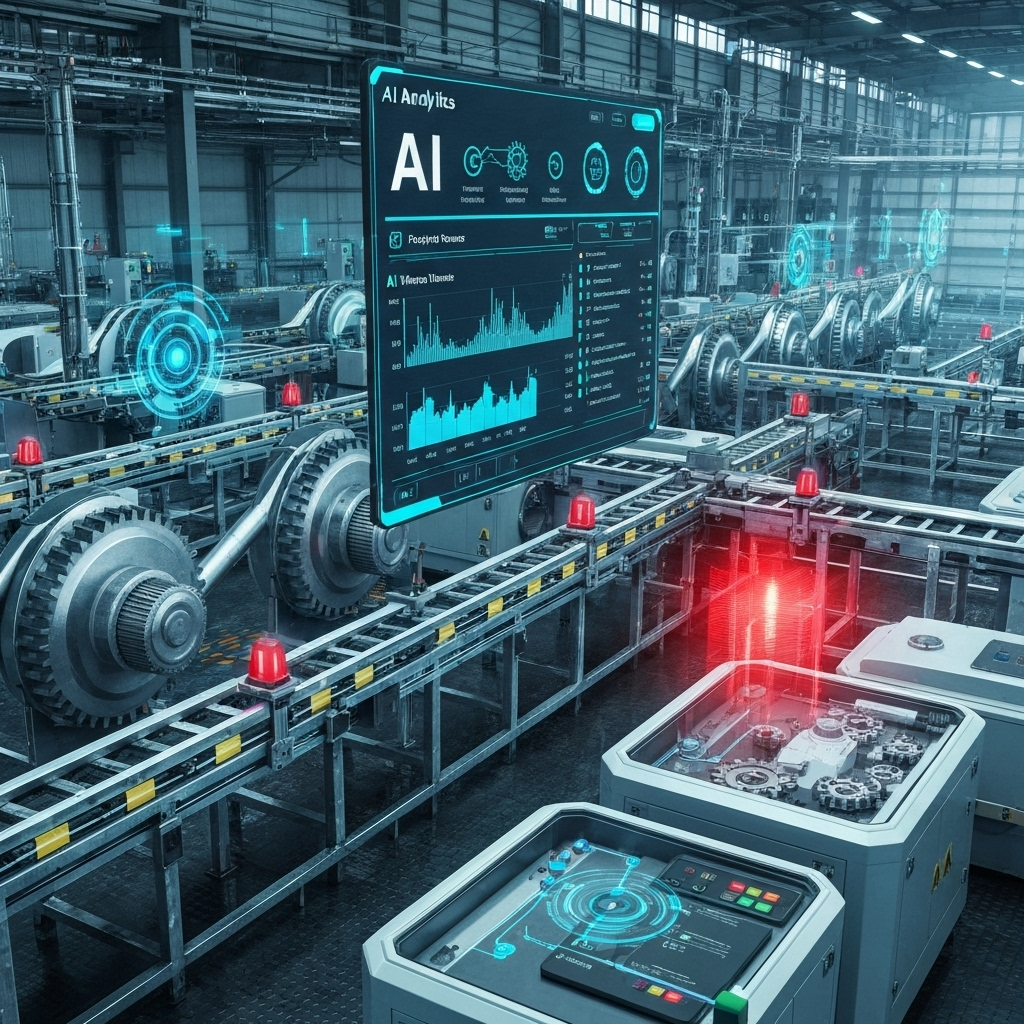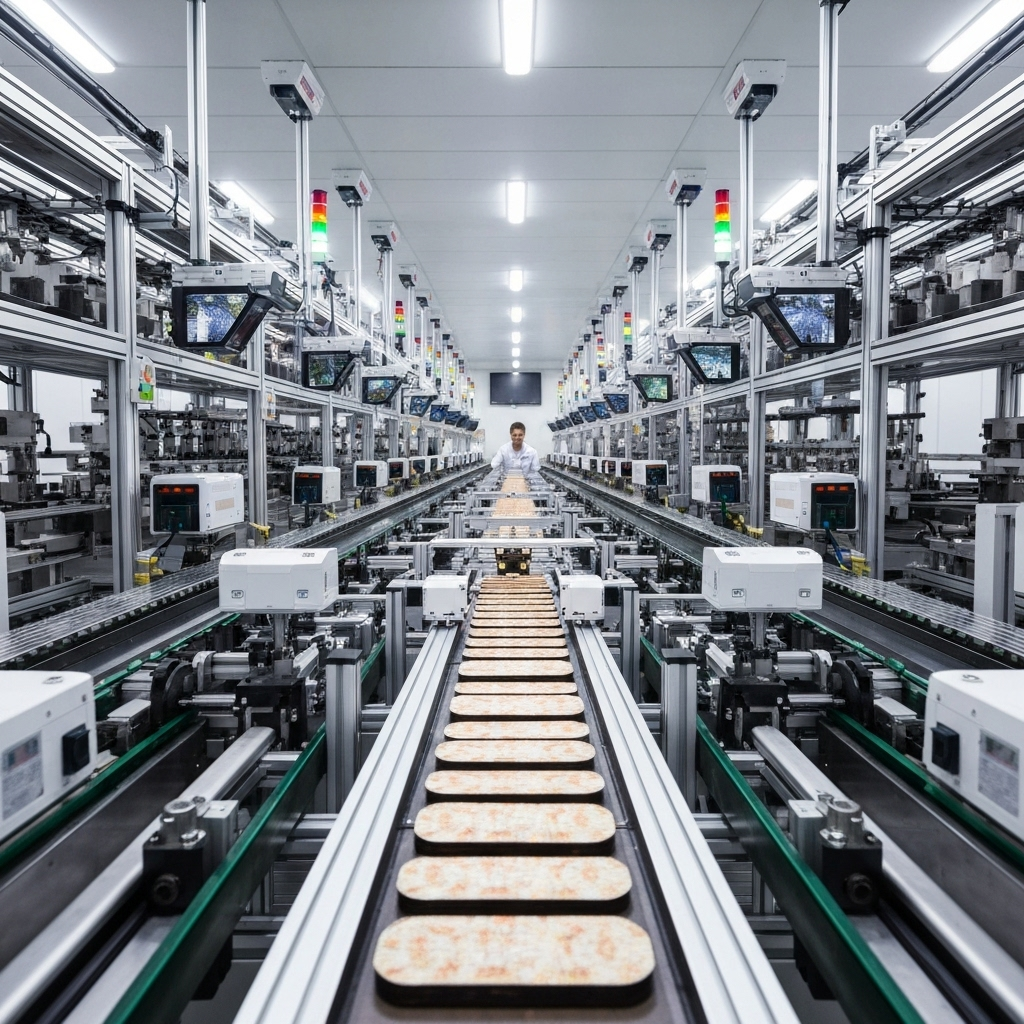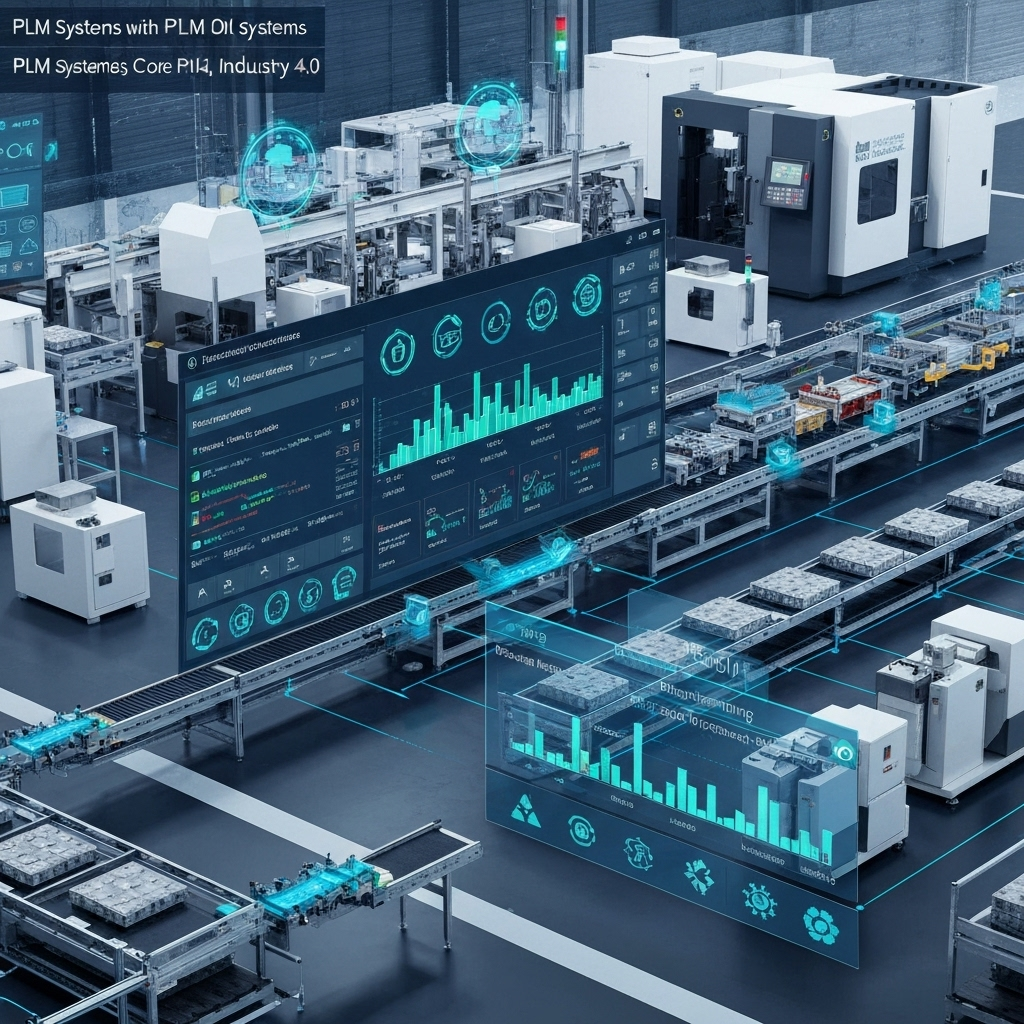Edge Computing in AI Manufacturing: Real-Time Intelligence at the Factory Floor
How edge computing transforms manufacturing AI by bringing intelligence closer to production. Reduced latency, improved reliability, and autonomous decision-making.

Manufacturing environments demand split-second decision-making that cloud-based AI systems can't deliver due to network latency and connectivity issues. Edge computing brings AI intelligence directly to the factory floor, enabling real-time quality control, predictive maintenance, and autonomous production adjustments without relying on external connectivity.
The Latency Challenge in Manufacturing AI
Production lines operate at millisecond precision where delays can result in defective products, equipment damage, or safety hazards. Cloud-based AI systems introduce 50-200ms latency that's unacceptable for real-time manufacturing decisions. Edge computing reduces this to sub-10ms response times by processing data locally.

Edge AI Architecture for Manufacturing
Manufacturing edge AI systems combine industrial-grade computing hardware with specialized AI accelerators. These systems process sensor data, camera feeds, and machine telemetry in real-time, making autonomous decisions while maintaining connectivity to central systems for coordination and learning.

Real-World Applications and Benefits
Edge AI enables immediate quality control decisions, predictive maintenance alerts, and production optimization without network dependencies. Our deployments show 90% reduction in defect detection time, 40% improvement in equipment uptime, and 25% increase in overall production efficiency.

Implementation Strategy and ROI
Start with critical processes where latency matters most: quality inspection, safety monitoring, and equipment control. Edge computing infrastructure typically pays for itself within 12-18 months through reduced downtime, improved quality, and operational efficiency gains.

Edge computing in AI manufacturing represents the convergence of real-time intelligence and operational reliability. By bringing AI processing to the factory floor, manufacturers achieve the responsiveness and autonomy required for next-generation production systems.
